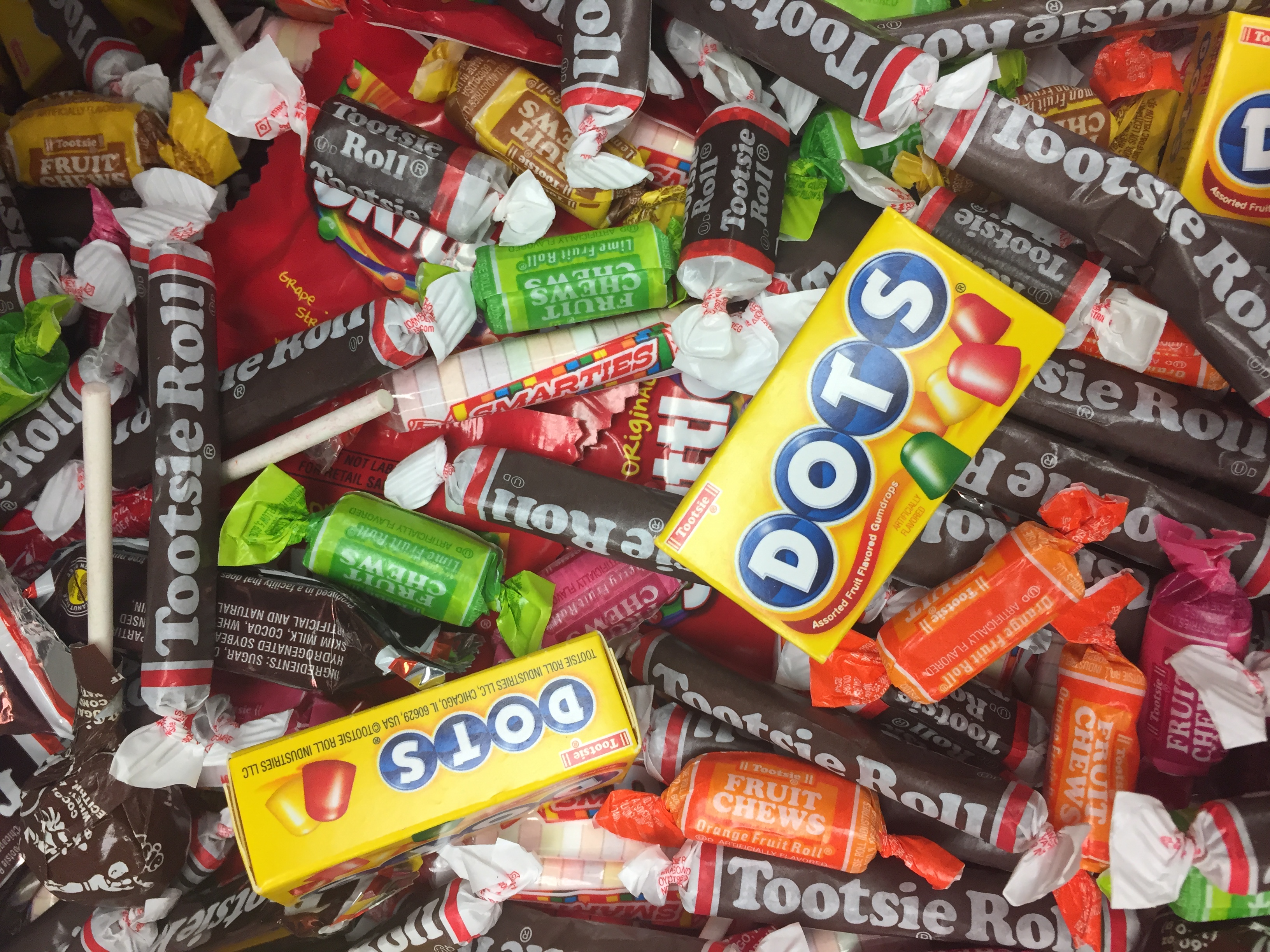
TUSCALOOSA, Ala. – Halloween chocolate is everywhere: in your office, your home and in prominent displays in grocery stores. And while the adverse physical effects of indulging in chocolate are known before unwrapping the first of many pieces, the sight of Halloween candy also has psychological effects.
Typically, when we see chocolate, we want chocolate. Whether we refrain from binging on chocolate depends on the individual. But simply seeing a picture of a dessert, like a peanut butter cup or a dark chocolate bar, can cause myopia, or a narrowing of focus, according to Dr. Philip Gable, associate professor of social psychology at The University of Alabama.
Gable directs the Social Cognitive Emotive Neuroscience Lab at UA, which is devoted to understanding social, cognitive and neural processes associated with rewarding objects like food, money and drugs.
In a recent study, Gable measured participants’ psychological processes related to the urge to eat sweets by using Electroencephalography (EEG), a recording of the brain’s spontaneous electrical activity over a short period of time.
“What we found was that, after viewing pictures of candy, participants experienced an attentional capture (a sudden, dramatic shift in focus) toward the desserts,” Gable said. “We also discovered that it activates neural regions associated with approach motivation, also related to goal motivation. Basically, you see candy, and it captures your attention and motivates you to move toward it and get it.”
The narrowing of focus can happen at the sight of candy during trick-or-treating.
“After viewing these desserts, you remember things more centrally instead of peripherally,” Gable said. “I usually use the example that, when you open the door and have a bowl of candy, kids don’t care what you look like nor will they remember how messy your house was – they’re only focused on the bowl of candy.”
Gable said the study sprang from existing data that suggested sugar is so highly rewarding that it could be addictive. The study later inspired research where, instead of using pictures of desserts to gauge attentional capture, Gable used pictures of alcohol.
“The idea that alcohol narrows attention has been around for a long time,” Gable said. “But the idea that these cues can cause the same narrowing of attention is pretty novel. When people have a strong desire to drink, they tend to focus on the goal to drink (alcohol cues), possibly to the detriment of negative consequences associated with drinking.”
Contact
David Miller, UA Media Relations, 205/348-0825, dcmiller2@ur.ua.edu
Source
Dr. Phillip Gable, associate professor, Department of Psychology, 205/348-7028, pgable@ua.edu
